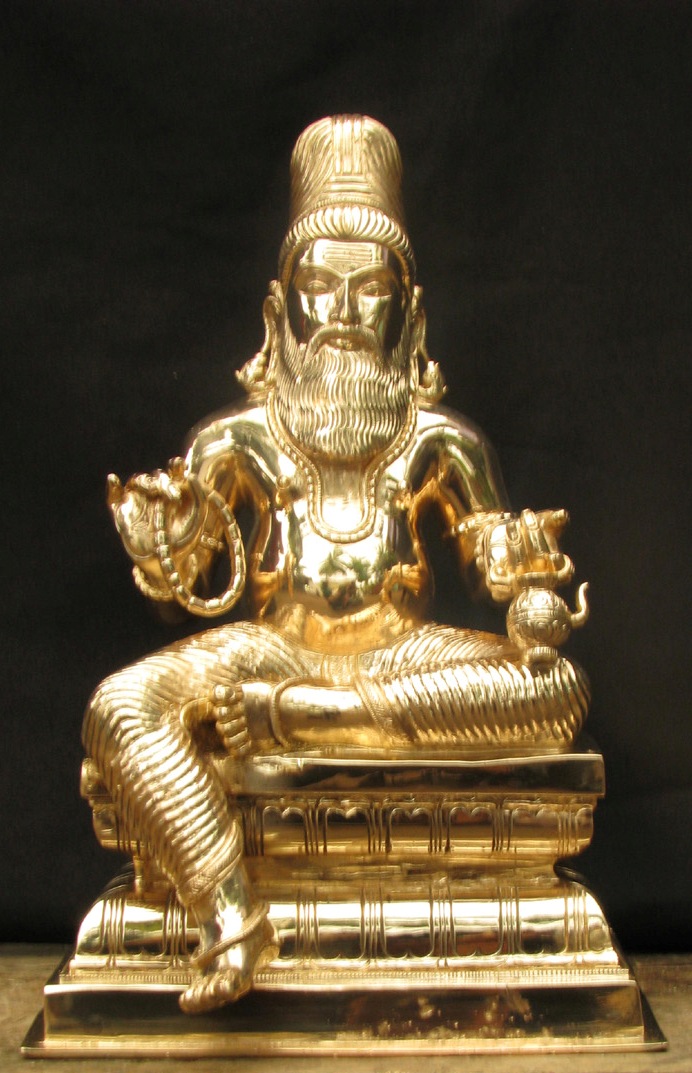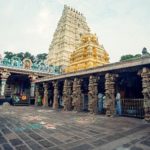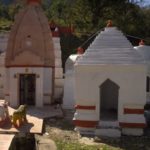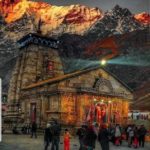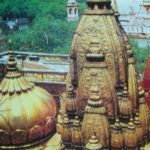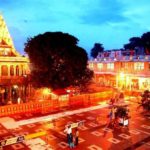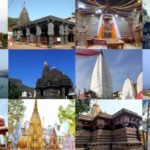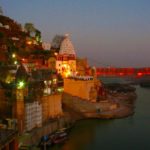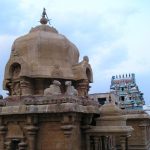Siddha Agastya or Siddhar Agastya is a great saint in the Hindu tradition. He is one of the great sages of the Vedic times and the author of many texts and hymns in the Rig Veda and ancient scriptural literature. His other names are Mana, Kalasaja, Kumbhayoni, Kumbhaja and Maitra Varuna. He is well known not just in India but also across Southeast Asia.
Birth Mythology
The birth of Siddhar Agastya is part of the story of Urvashi. Saptarishis Pulastya is his father but the story of his rebirth is the result of a Yagna by Varuna and Mitra. The Apsara Urvashi appears after the Yagna. She is so exceedingly beautiful that they ejaculate and their seed falls into a pot. The twins Sage Vashista and Sage Agastya are born of this pot. Since he was born from a pot (Kumbha) he is Kumbhayoni (or one whose womb was a pot).
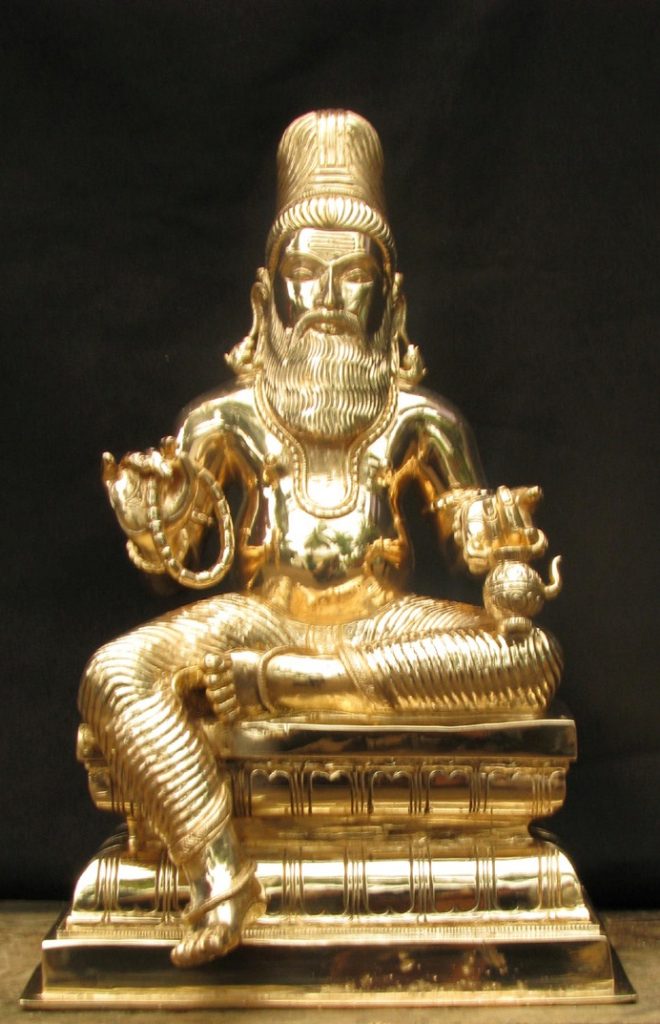
Image Source
Marriage To Lopamudra
Agastya led the life of an ascetic and became a well-respected sage. He proposed to Lopamudra who was a princess of Vidarbha. Her parents were sceptical about her ability to live the simple life of a sage’s wife in the forest. She was insistent that Sage Agastya has the wealth of learning that would last longer than her youth. The couple marries. Their son is Drdhasya (or Idhmavaha). He listens to his parents while in the womb and learns the Vedas. He is born reciting hymns.
The Ashram Of Agastya
There are conflicting records of where exactly Siddha Agastya’s ashram was. Various accounts and legends place it at:
- Northwest Maharashtra, on the banks of the river Godavari near Nasik in Agastya Puri and Akole
- Near Sangli in Agastinagar near Kannauj
- Agastyamuni village near Rudraprayag in Uttarakhand
- Satpura Range in Madhya Pradesh
- In Tirunelveli, Thanjavur or the Pothiyal Hills in Tamil Nadu
Legend states that Siddha Agastya did penance on a rock in Kanyakumari at the start of Kaliyuga and that the Siddha Agastya Samadhi Shrine is in Agastyarkoodam, Thiruvananthapuram.
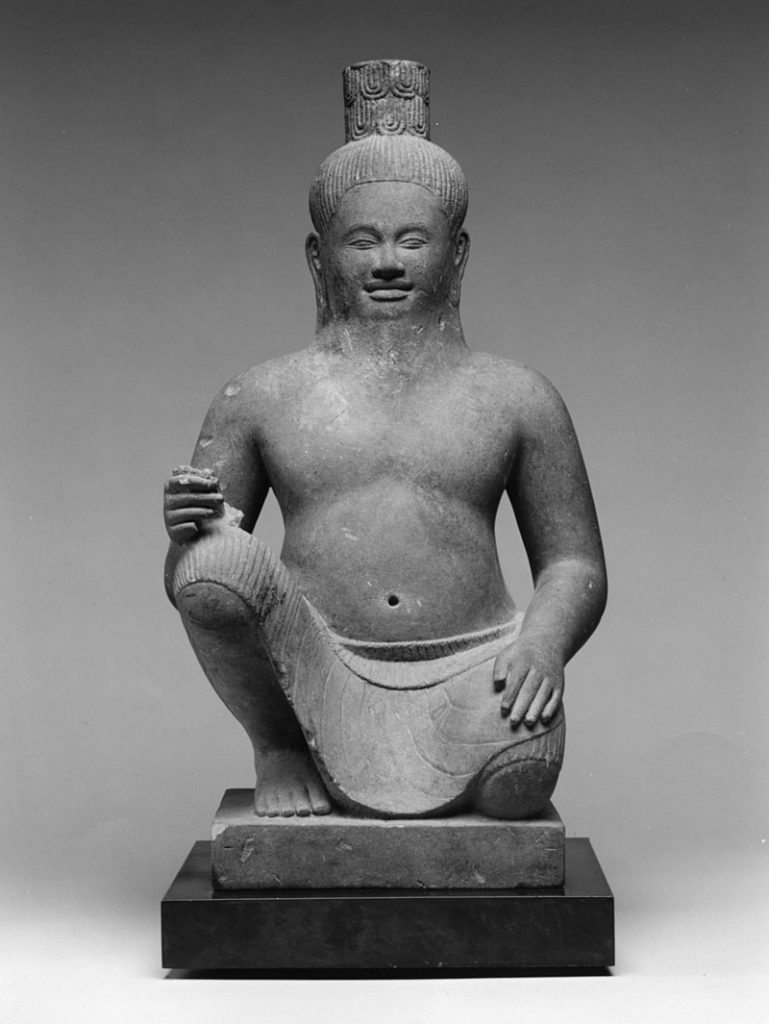
Agastyar In the Vedas
Sage Agastya features in all the four Vedas as well as other epics, Upanishads and Puranas. The Rig Veda mentions that he was a respected sage who ran a Gurukul. All of his works are not only of spiritual interest but also full of literary interest such as imagery, puns, similes and wordplay. His verses that narrate incidents are also allegorical. His hymns in the Mandala 1 of the Rig Veda all end with his appeal for each community to have food as well as water. The themes are of mutual understanding and reconciliation.
Another theme of his works is the human stress of choosing between the life of renunciation and that of a householder. This is an argument between him and his wife. While Agastya describes the ways to both liberation and happiness, Lopamudra convinces him of the possibility of both.
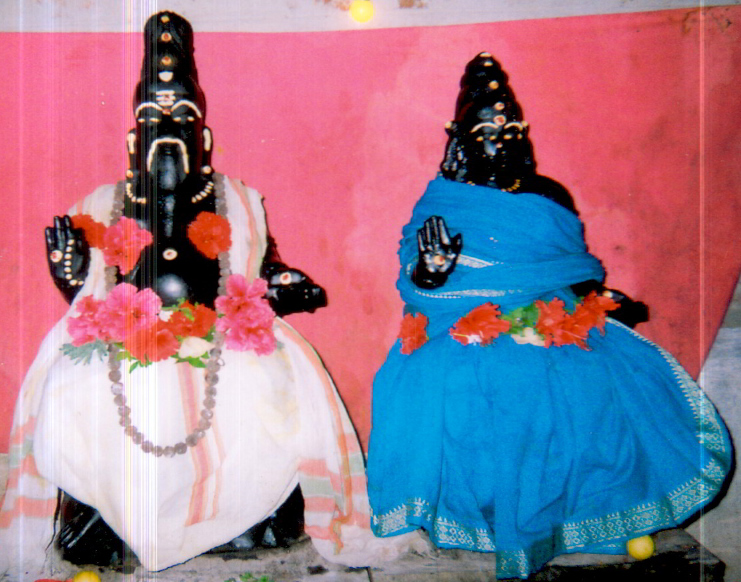
Though the Rig Veda has parts that are written at different times, the old and newer sections all mention Sage Agastya. The Taittiriya Samhita, Kathaka Samhita, Maitrayani Samhita, Aitareya Brahmana, Taittiriya Brahmana and Panchvimshati Brahmana also mention him.
Ramayana And Mahabharata
Sage Agastya features in both the great epics Ramayana as well as the Mahabharata. In the Ramayana, he is a sage who is short and heavy. He lives in the South in order to counterbalance the weight of Kailash and Mount Meru in the north. His hermitage is on the banks of the river Godavari on the southern slopes of the Vindhya mountains in the Dandaka forest. He uses his Dharmic powers to kill the demons Vatapi and Ilwala and lower the height of the Vindhya mountains. Sage Agastya speaks to Rama, Sita as well as Lakshmana and gives them a divine bow and arrow. He also enlightens them about the nature of Ravana.
In the Mahabharata Sage Agastya is a sage with great powers of ingestion and digestion. He lowers the Vindhyas and kills the demons Vatapi and Ilwala. The epic also describes the marriage of Sage Agastya and Lopamudra. It tells of the war between Indra and Vritra. During the war, all the demons hide in the ocean. The Gods request Sage Agastya for help. He then drinks up the entire ocean and reveals the demons to the Gods.
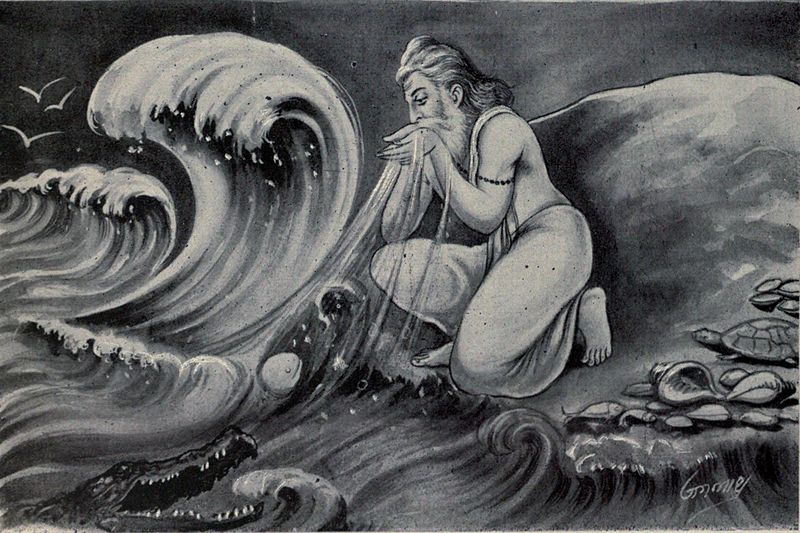
Puranas
The Puranas mention Sage Agastya in various stories. The Puranas sometimes refer to him as one of the Saptarishis and in other texts as one of the great rishis such as Angiras, Atri, Bhargava, Bhrigu, Bharadwaj, Viswamitra, Vasistha, Kashyapa, Gautama and Jamadagni.
Siddha Agastya or Agathiyar
Siddha Agastya is the father of Tamil. He composed the first Tamil grammar Agathiyam or Akattiyam. He came to the South from the North. The Purananuru, which is an ancient Tamil text that dates to around 2nd century CE, names Agastya as having moved to the South.
Siddha Agastya spread the knowledge of irrigation and agriculture as well as adding to the Tamil language. Some texts mention him being born of a pot. Others describe him as part of the Sangam polity. Siddha Agastya also led the 18 Velir tribes from Dwarka to the South. The Iraiyanar Akapporul written by 8th-century Nakkirar mentions him. Siddha Agastya is a part of the first and second Sangam periods. The first Sangam period was 4440 years long while the second was 3700 years long.
The text of the Thirumanthiram states that Shiva asked Agstya to migrate from the North and settle in the Pothigai mountains in the South. He was perfect in both Sanskrit as well as Tamil. The Skanda Purana describes the wedding of Lord Shiva and Devi Parvathy. There were so many guests that the Earth itself was in danger of becoming imbalanced. So, Lord Shiva asked Sage Agastya to move to the South to counterbalance the weight. Many of the temple legends of the south such as that of the Courtallam Temple and the Nellaiappar Temple mention that Sage Agastya viewed the marriage of Lord Shiva and Devi Parvathy from the South.
Siddha Or Siddhar
The Tamil word Siddhar is derived from the Sanskrit ‘Sidh’ which means to accomplish or succeed. A Siddhar is a greatly accomplished Sage who has attained perfection in his knowledge of the spiritual as well as natural worlds. Sage Agastya is revered as the first Siddhar. He is the first perfect master. Of the Siddhars, Siddha Agastya and Siddha Thirumular are accomplished in both practical and philosophical knowledge. Siddha Agastya is credited with knowledge of medicine and health. Tamil literature mentions him as Agathiyar or Agasthiyar.
The Tamil text Pattuppattu describes Siddha Agastya as the master of music or Icai. He also founded the martial arts of Silambam and Kalaripayattu. Siddha Agastya also taught Agastya Siddha medicine healing through the use of the Varmam points. Murugan, the son of Lord Shiva gave this knowledge to Siddha Agastya.
Buddhist Texts
Sage Agastya appears not only in Vedic and Tamil texts but also in Buddhist literature. He is mentioned in the Kalapa, Katantra and Candra-Vyakarana adapting Panini as well as the Asvaghosa. He is mentioned in Buddhist literature dating back to the 1st millennium CE. Even in the Tamil literature such as Manimekalai and Viracoliyam, he is described as the Sage who learned both Tamil and Sanskrit grammar from Avalokitan which is another name of Buddha to be.
The Jataka tales of Buddha mythology also mentions Sage Agastya. He is also featured in medieval era Southeast Asian temple relief, art and inscriptions. Siddha Agastya is mentioned in Vietnam and Cambodia. He is credited as the author of the 11th-century Javanese text Agastya-Parva. There are Sanskrit verses included in the Javanese text. It describes a conversation between Sage Agastya as the teacher and his son Drdhasyu as the student. The dialogue covers many topics of philosophy and theology. It is very similar to the Puranas. It also addresses the cycles of rebirth, the Samudra Manthan (churning of the ocean), Vedanta philosophy, Lord Shiva, Tantra and also descriptions of certain ceremonies.
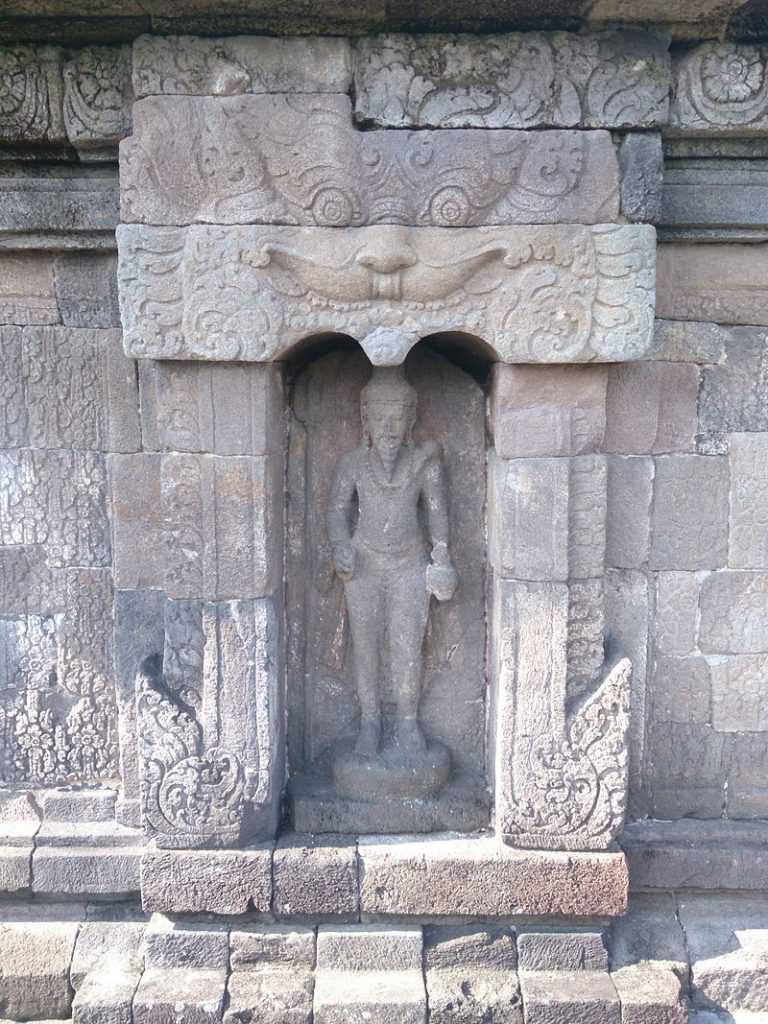
Image Source
Agastya In Other Texts
A section of the Skanda Purana is called the Agastya Samhita or the Sankara Samhita. It describes a dialogue between Sage Agastya and Skanda. He is also the author of the Agastimata which is a work on gems, diamonds. It enumerates their origins, qualities, testing and the making of jewellery from them. The Lalitha Sahasranama in the Brahmanda Purana is taught by Hyagriva to Sage Agastya. He is also the creator of the Aditya Hridayam which is a hymn to the Sun God Surya. He taught it to Lord Rama.
Temples
Sage Agastya or Siddha Agastya features in many temples. There are two temples dedicated to him in Tamilnadu; Sri Agasthiyar Temple, Agasthiyar Falls (Kalyana Theertham), Papanasam, Tirunelveli and the Sri Lobamudra Samedha Agasthiyar Temple, Madurai. He is also depicted in many temples in India as well as other parts of South and Southeast Asia.
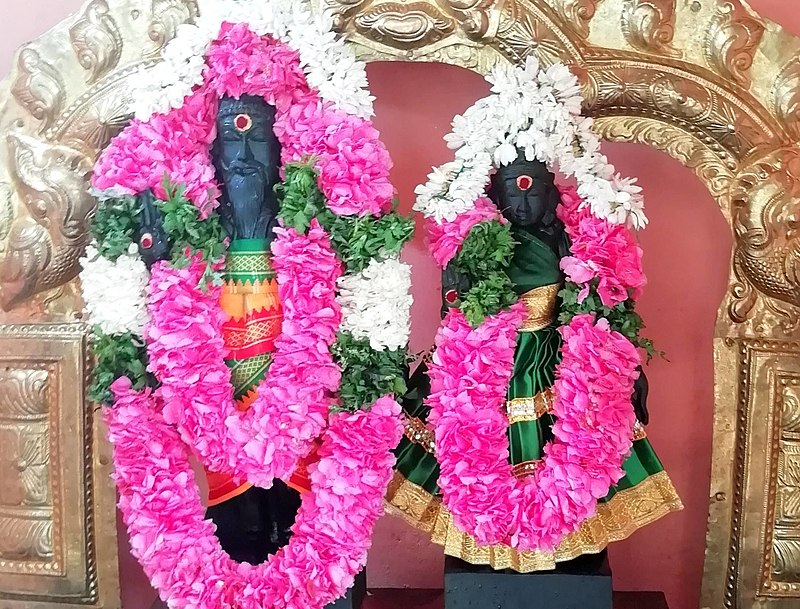
Image Source




